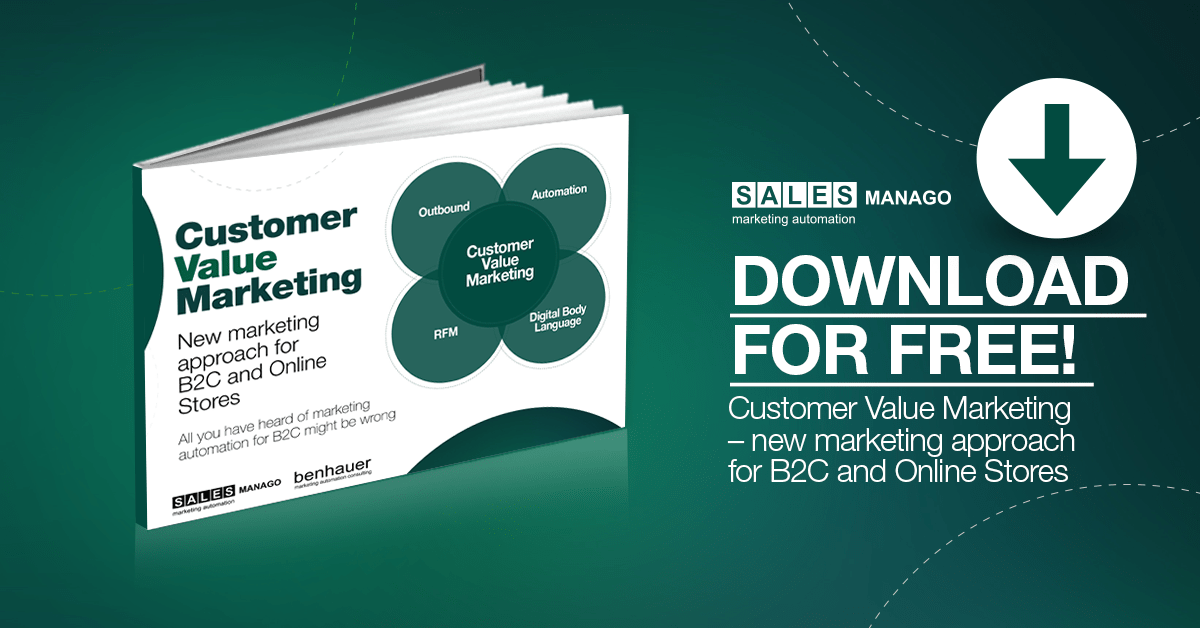Simplifying things quite a bit, string theory says that we – people – and everything that surrounds us exist not in three or four but at least ten dimensions. The three basic dimensions of space: height, width, and length plus time are open, while the other dimensions are compactified, which makes them inaccessible for our everyday experience, and yet still real and affecting our entire reality.
A strange analogy for a blog about marketing automation isn’t it? Not really! Note that the factors affecting your potential customer also exist in different, more or less observable dimensions:
- what affects his interest in the company
- how many interactions with the company (email, chat, visit in the shop) she needs before deciding to make a purchase
- purchase frequency
- the average shopping cart value
- how much time passes from customer’s the first visit on the website to the retention
- what’s company’s USP distinguishing it from among thousands of others available on the market
- how she reacts to your actions
- whether she is a consumer or prosumer
- moments of truth – zero, first and second
- if someone recommended her the product or the company
- will she recommend the product or the company
- whether she has an account in social networks
- how her newsfeed in these portals looks like
- whether she uses the Adblock
- which search engine she uses
- what is the operating system on her mobile device
- how old is she
- what are her preferences and lifestyle as a consumer
- how many communication channels she uses
- etc.
And you know what? This is just the warm-up!
While in B2B the whole process is rather simple and linear:
Lead (MQL – Marketing Qualified Lead) > Lead Nurturing > Stage Interested (SQL – Sales Qualified Lead) > Webinar > Offer > Offer Accepted > Closing deal > Customer
in B2C it is slightly more complicated. Since when the boundaries between online and offline behavior blurred, the purchase process is no longer linear. It became rather a multidimensional, multi-channel structure and dynamic marketing processes structure updated in the real-time and adjusted to the users’ actions.
More and more companies are entering marketing automation utilizing a B2C approach. However, they are being sold the same software used for B2B and being told to adopt the same strategies used for B2B.
You can see how this might not be the wisest approach.
SO what instead you ask – CUSTOMER VALUE MARKETING! This is a completely NEW, REVOLUTIONARY, marketing approach for B2C companies and online stores.
You will learn:
- What the difference is between a B2B and B2C purchase process!
- What is the common denominator of current marketing strategies!
- How to use modern tools to maximize every customer’s value over time!
- What RFM, DBL, and 360° have in common!

 Follow
Follow
















